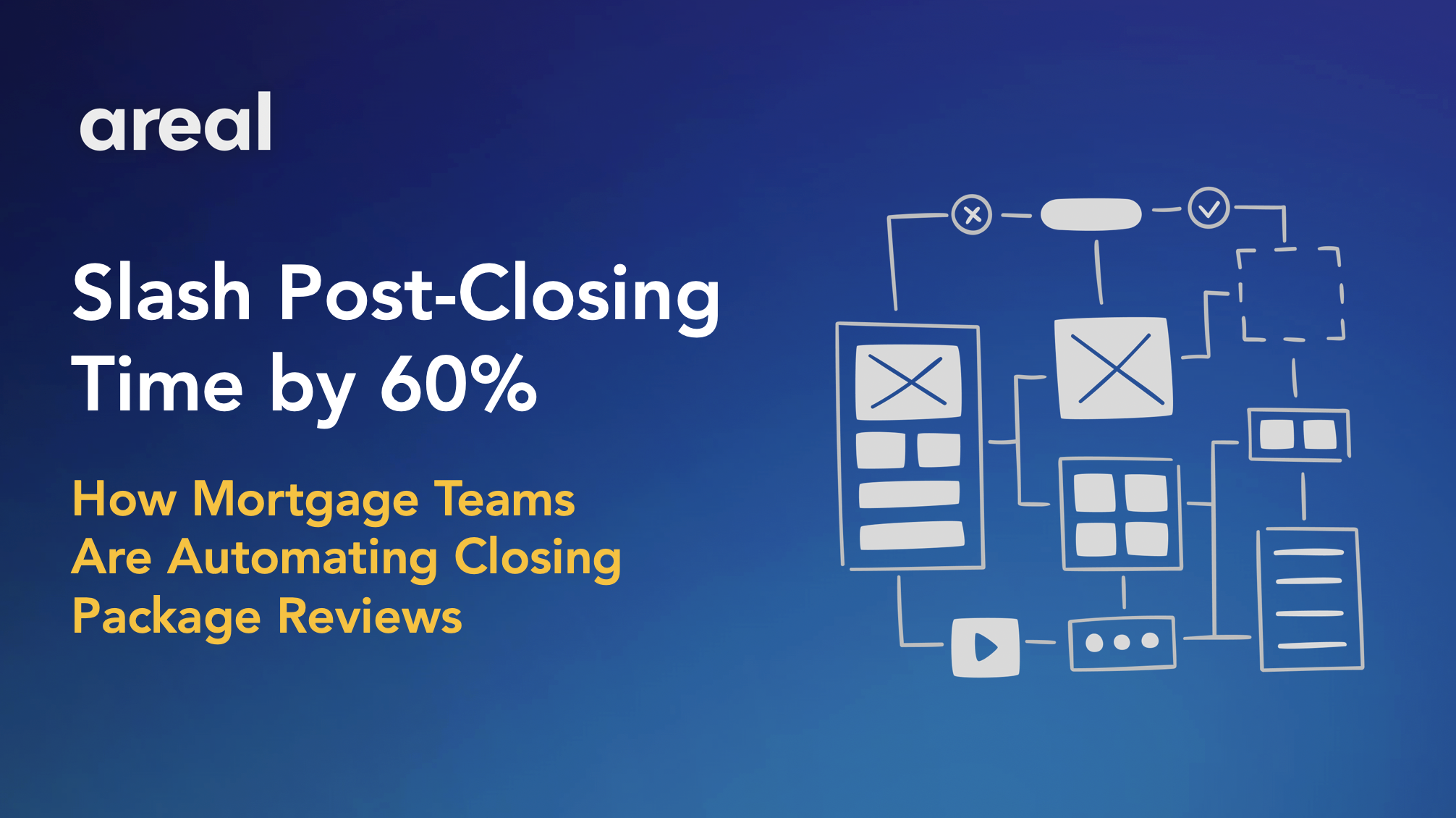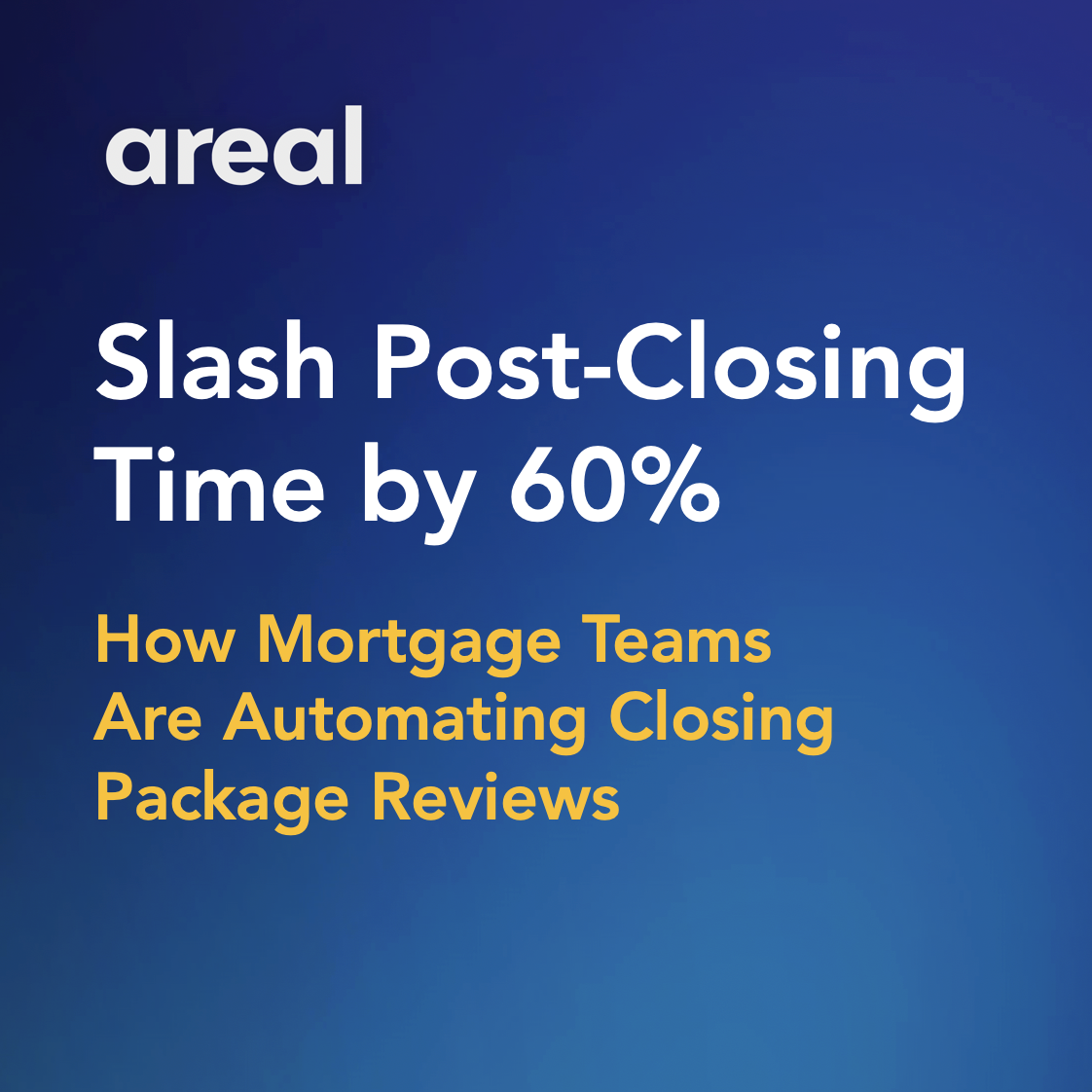The Closing Disclosure is a vital component of the mortgage closing process, providing borrowers with essential information about their loan terms, costs, and other crucial details.
Understanding Closing Disclosure
The Closing Disclosure is a standardized form that lenders are legally obligated to provide to borrowers before the closing of a mortgage loan. It is designed to offer transparency and ensure that borrowers have a clear understanding of the financial aspects of their mortgage.
The Importance of Closing Disclosure
Providing Transparency to Borrowers
One of the primary reasons why the Closing Disclosure is crucial is that it provides transparency to borrowers. By outlining the loan terms, costs, and other relevant information, borrowers can make informed decisions about their mortgage and understand the financial obligations associated with it.
Compliance with Regulatory Requirements
The Closing Disclosure is mandated by the Consumer Financial Protection Bureau (CFPB) under the Truth in Lending Act (TILA) and the Real Estate Settlement Procedures Act (RESPA). Lenders must comply with these regulations and provide borrowers with the Closing Disclosure at least three business days before the loan closing. This ensures that borrowers have sufficient time to review the document and seek clarification if needed.
Avoiding Costly Mistakes
Another significant aspect of the Closing Disclosure is its role in preventing costly mistakes. By carefully reviewing the document, borrowers can identify any errors or discrepancies in the loan terms, costs, or other important details. Detecting and resolving such issues before the closing can save borrowers from potential financial burdens or legal complications down the line.
Key Components of Closing Disclosure
The Closing Disclosure consists of several key components that borrowers should pay close attention to:
Loan Terms and Costs
This section of the Closing Disclosure provides a summary of the loan amount, interest rate, and other pertinent terms. It also includes details about any prepayment penalties or balloon payments, which are important considerations for borrowers.
Projected Payments
Here, borrowers can find information about the monthly payment, including the principal and interest, as well as any estimated escrow amounts for property taxes and insurance. The projected payments section helps borrowers anticipate and plan for their ongoing mortgage expenses.
Closing Costs Details
In this section, borrowers will find a breakdown of all the costs associated with the mortgage closing. It includes fees for services such as appraisals, inspections, title insurance, and attorney fees. Reviewing these details helps borrowers understand the total cost of obtaining the mortgage.
Other Disclosures
The Closing Disclosure also includes additional disclosures related to the loan, such as information about adjustable interest rates, assumptions, and the potential for late payment penalties. These disclosures are essential for borrowers to be fully aware of the terms and conditions of their mortgage.
How to Review Closing Disclosure
Before signing the Closing Disclosure, borrowers should carefully review each section to ensure accuracy and understand the terms of their mortgage. Here are some key steps to follow when reviewing the document:
Check Loan Terms and Costs
Begin by verifying that the loan terms and costs listed in the Closing Disclosure match those agreed upon during the loan application process. Pay close attention to the loan amount, interest rate, and any additional fees or charges. If you notice any discrepancies or have questions, don't hesitate to seek clarification from your lender.
Verify Projected Payments
Review the projected payments section to ensure that the monthly payment amount aligns with your expectations. Take note of any changes from the Loan Estimate, another important document provided earlier in the mortgage process. Confirm that the estimated escrow amounts for taxes and insurance are accurate as well.
Examine Closing Costs Details
Thoroughly examine the closing costs details section to understand all the fees associated with the mortgage closing. Make sure you are aware of the purpose and necessity of each fee and compare them with the Loan Estimate to identify any significant discrepancies. Seek explanations for any unexpected or unfamiliar charges.
Pay Attention to Other Disclosures
Read through the additional disclosures in the Closing Disclosure, such as those related to adjustable interest rates or late payment penalties. Understand the implications of these disclosures and consider how they may impact your financial obligations and responsibilities as a borrower.
Common Issues and Challenges with Closing Disclosure
While the Closing Disclosure is designed to provide transparency and accuracy, there are some common issues and challenges that borrowers may encounter:
Errors or Inconsistencies
Despite the regulations and efforts to ensure accuracy, errors or inconsistencies may still occur in the Closing Disclosure. It is essential for borrowers to carefully review the document and promptly raise any concerns or discrepancies with their lender to address them before the loan closing.
Misinterpretation of Information
The Closing Disclosure contains various financial and legal terms that may be unfamiliar to borrowers. Misinterpretation of the information presented in the document can lead to misunderstandings or confusion. Borrowers should take the time to seek clarification and fully comprehend the implications of the details outlined in the Closing Disclosure.
Insufficient Time for Review
The three-business-day review period provided by the regulatory requirements may sometimes feel insufficient, especially for borrowers who are new to the mortgage process. It is crucial to manage time effectively and prioritize reviewing the Closing Disclosure to ensure a thorough understanding of the terms and costs before the loan closing.
Best Practices for Closing Disclosure
To navigate the Closing Disclosure effectively and maximize its benefits, consider the following best practices:
Engage with a Knowledgeable Mortgage Professional
Working with a knowledgeable mortgage professional can greatly assist in understanding the Closing Disclosure and the overall mortgage closing process. They can provide guidance, answer questions, and help identify any potential issues or concerns.
Review and Understand Each Section Thoroughly
Take the time to review each section of the Closing Disclosure thoroughly. Read the information carefully, compare it with previous documents, and ensure consistency. If anything is unclear, request explanations or additional information from your lender.
Ask Questions and Seek Clarification
Don't hesitate to ask questions or seek clarification if something is unclear or you need further information. It's important to have a full understanding of the terms, costs, and other aspects of your mortgage before signing the Closing Disclosure.
Maintain Documentation for Future Reference
Keep a copy of the Closing Disclosure and any related documents for future reference. These documents may be needed for tax purposes or if any disputes or questions arise later on. Having a well-organized file of mortgage-related paperwork can help provide peace of mind and ensure easy access to important information.
FAQ
What is a Closing Disclosure?
A Closing Disclosure is a standardized form provided by lenders to borrowers before the closing of a mortgage loan. It includes important details about the loan terms, costs, and other disclosures, ensuring transparency and helping borrowers understand the financial aspects of their mortgage.
When do I receive the Closing Disclosure?
According to regulatory requirements, lenders must provide borrowers with the Closing Disclosure at least three business days before the loan closing. This allows borrowers sufficient time to review the document and seek clarification if needed.
What information is included in the Closing Disclosure?
The Closing Disclosure includes key information such as loan terms, interest rate, projected payments, closing costs details, and additional disclosures related to the loan. It provides a comprehensive overview of the financial obligations associated with the mortgage.
How should I review the Closing Disclosure?
To review the Closing Disclosure effectively, carefully examine each section, including loan terms and costs, projected payments, closing costs details, and other disclosures. Compare the information with previous documents and seek explanations for any discrepancies or unfamiliar terms.
What should I do if I notice errors or inconsistencies in the Closing Disclosure?
If you identify errors or inconsistencies in the Closing Disclosure, it is crucial to promptly communicate with your lender. Notify them about the specific issues you have identified and request corrections or clarifications. Resolving any discrepancies before the loan closing can prevent potential financial burdens or legal complications.
Can I negotiate or change the terms listed in the Closing Disclosure?
While the Closing Disclosure provides important information about the loan terms, it is not typically a document that allows for negotiation or changes. However, if you notice any significant discrepancies or unexpected changes from previously agreed-upon terms, it is important to discuss them with your lender to seek resolution.
Are there any penalties for canceling the mortgage after receiving the Closing Disclosure?
After receiving the Closing Disclosure, there is a three-business-day waiting period before the loan closing. During this period, borrowers have the option to cancel the mortgage without incurring penalties. However, it is essential to carefully review the terms and consult with your lender to understand the implications of canceling the mortgage.
What happens if I don't review the Closing Disclosure?
Reviewing the Closing Disclosure is crucial to ensure you have a clear understanding of the terms, costs, and other disclosures related to your mortgage. Failure to review the document may result in unforeseen financial obligations or misunderstandings. It is in your best interest to thoroughly review the Closing Disclosure and seek clarification on any unclear or confusing information.
Conclusion
The Closing Disclosure plays a crucial role in the mortgage closing process, providing borrowers with transparency and critical information about their loan terms, costs, and other disclosures. By carefully reviewing and understanding the Closing Disclosure, borrowers can make informed decisions, avoid potential issues, and ensure a smooth transition into homeownership. Engaging with knowledgeable professionals and following best practices will help borrowers navigate the Closing Disclosure effectively, promoting confidence and clarity throughout the mortgage journey.







